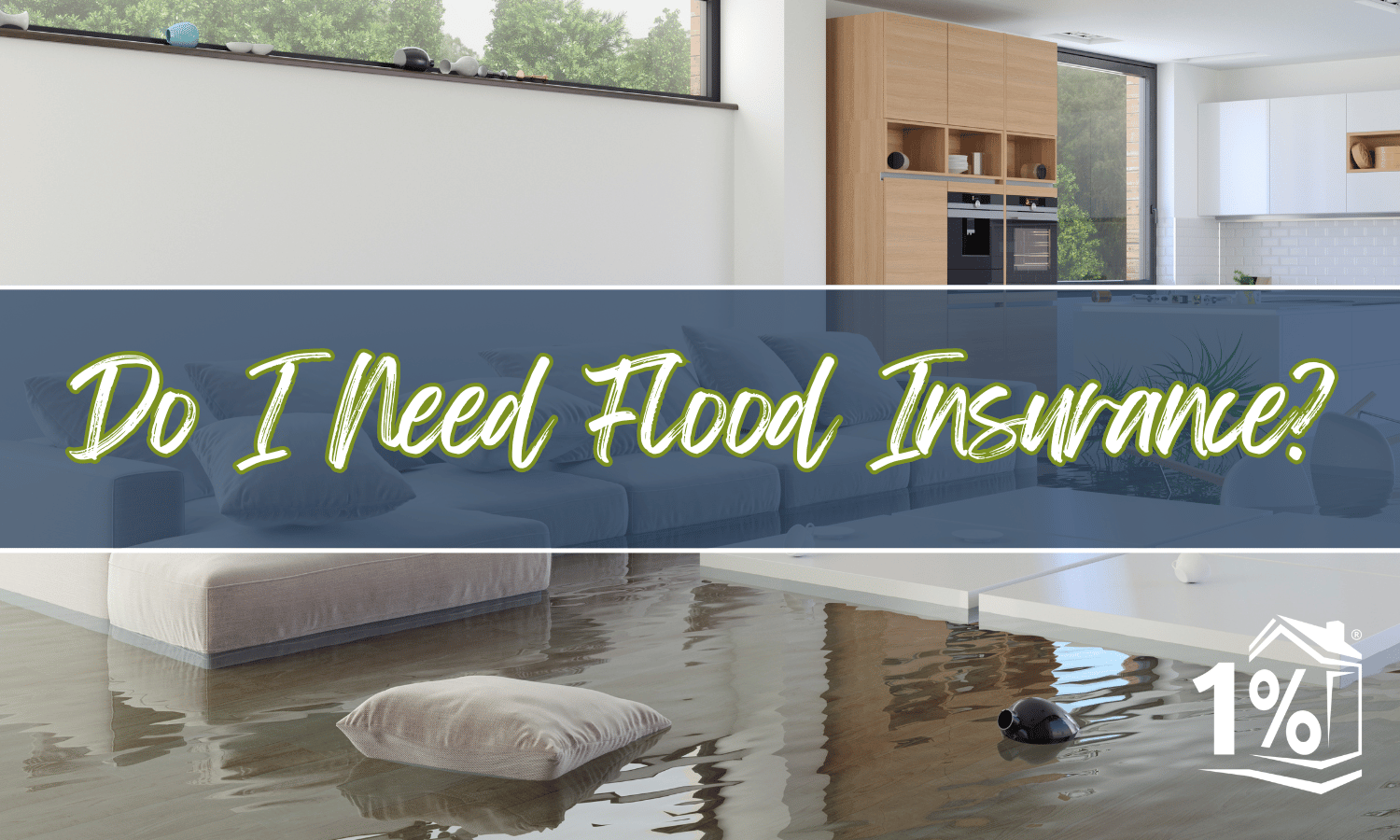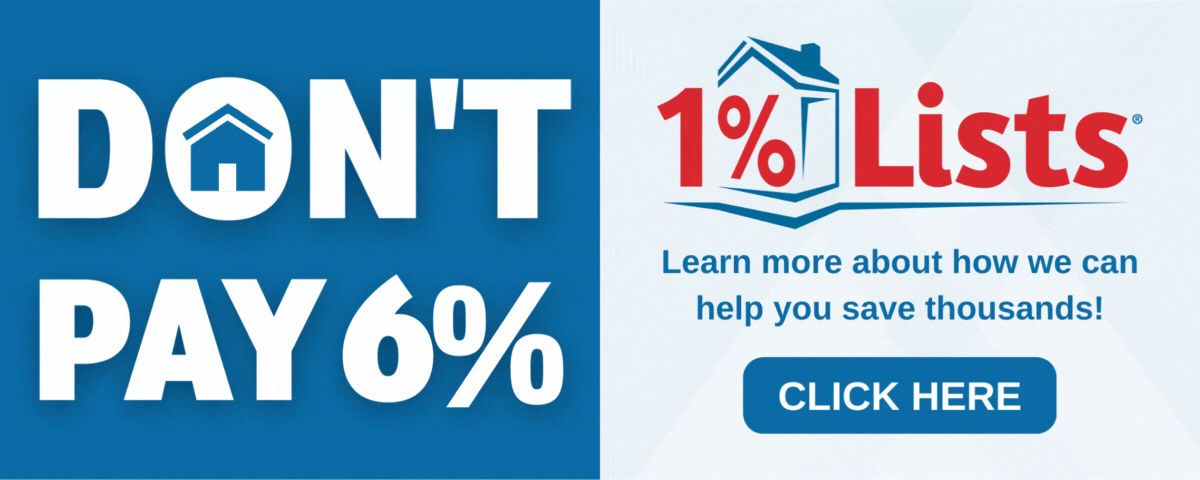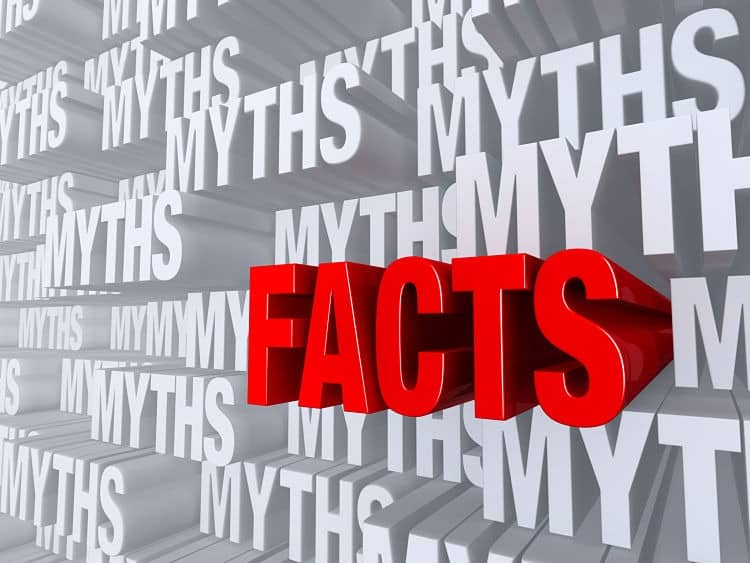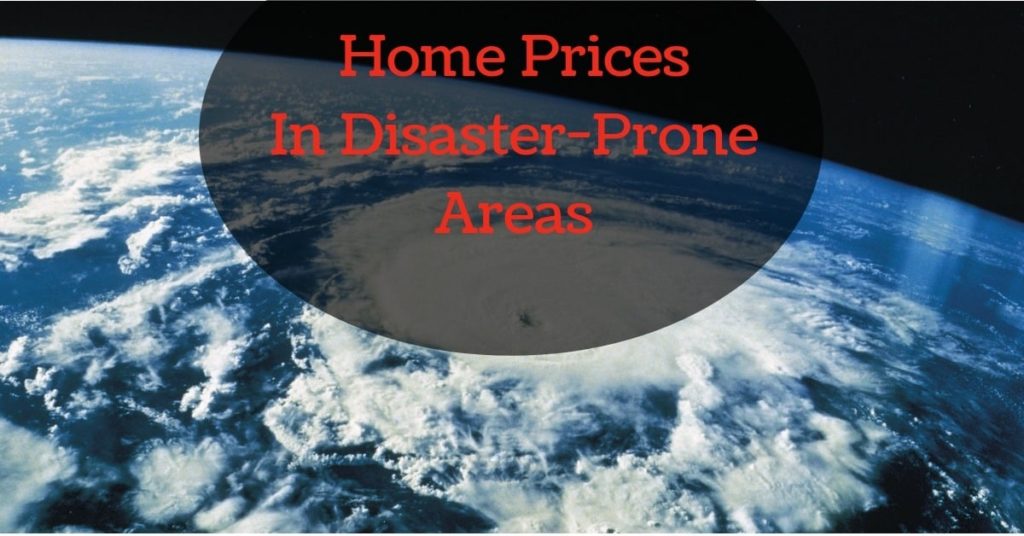Climate change has led to more extreme weather events such as hurricanes, which cause torrential rains and flash floods. There are many ways to use your money in order to fight climate change. However, for now, it is more important than ever to consider buying flood insurance.
According to the website of the Federal Emergency Management Agency, flooding can occur anywhere. Even a single inch of water can result in damages up to $25,000.
Here are some things to consider if you’re not sure whether or not buying flood insurance is right for you.
Do you actually need flood insurance?
The location of your home should be the primary factor when determining if flood insurance is worth it or not.
If you are in a flood-prone region, or live near a coast, purchasing flood insurance may be a necessity. This is a separate policy that is not covered by homeowners or renters insurance.
You may be required, depending on your mortgage lender and the location of your home, to purchase flood insurance. Those with mortgages issued by federally regulated lenders, such as the Federal Housing Administration or Veterans Administration, and who live near high-risk flooding areas, will be required to buy this type of insurance. Flood insurance will likely be required for those who receive federal disaster aid, like FEMA grants.
Even if your lender does not require flood insurance or you do not live in a high-risk area, you should still consider buying flood insurance. If you are unsure about your home’s risk of flooding, you can consult FEMA’s Flood Map Service Center.
FEMA maps may sometimes be outdated and your home could have a higher or lower flood risk than they indicate.
If you live near water or in a low-lying coastal area, you should get flood insurance, regardless of the FEMA maps.
What is the cost of flood insurance?
Homeowners considering a flood insurance policy may also consider the monthly premium cost. There are several factors that will determine how much your flood insurance will cost. These include the flood risk classification of your home, its age, elevation and construction.
If you live in an area with a high risk of flooding, or a Special Flood Hazard Area (SFHA), your insurance rates will be higher.
If your home is older, it may be harder to protect from flooding and repair costs could be higher in the end compared to newer homes constructed using updated materials. This could lead to higher insurance costs.
According to FEMA, the average cost for a National Flood Insurance Program policy (NFIP) is $700 per year. NFIP rates do vary from state to state.
Private flood insurance is gaining in popularity. While the majority of flood insurance policies are purchased through NFIP (National Flood Insurance Program), there is also a growing market for this type of insurance. Private policies are often cheaper than those offered by NFIP.
What is covered by flood insurance and what is not?
Flood insurance can be a good or bad idea depending on your needs. Flood policies can cover both the home and its contents.
NFIP provides two types of coverage to cover your home: building coverage and contents coverage.
Building coverage includes your home’s foundation and electrical and plumbing systems. Content coverage is for your personal belongings, such as furniture and electronics. It’s important to know that most flood insurance does not include finished basements.
If you have to move your belongings because of flooding, the policy should protect them for a period up to 45-days to cover any damages. Flood coverage does have some important exclusions.
Flood insurance policies will not cover any damage to trees, lawns, fences or money left behind.
Flood insurance only covers damage caused by weather-related flooding. It does not cover damage to washing machines, dishwashers or water main breaks.
Consider Climate Change Predictions
Climate change has increased rainfall and flooding in the United States as well as around the world. Many have been urged to reverse course, from wasting less food to maintain a greener house. However, this new climate reality is becoming increasingly alarming for Americans.
A study by The Zebra conducted in May 2020 found that three out of four Americans are concerned about storm damage. In addition, 65 percent of respondents attributed more severe storms and climate change. This worry is well-founded: Nearly a quarter of respondents (24%) said that a recent severe storm or natural catastrophe had damaged their car, home or personal possessions.
Climate change makes hurricanes more powerful and destructive. If you live on the Atlantic or Gulf Coast, you should consider buying flood insurance, regardless of where in your state you are located.
Where can you get flood insurance?
FEMA’s National Flood Insurance Program allows homeowners in all 50 states to purchase flood insurance. Private insurance companies are typically the ones who sell these policies.
The majority of flood insurance policyholders are covered by an NFIP. Most communities also participate in this program. You will therefore be able obtain a policy through NFIP. Fortunately, your real estate agent can help you with this.
You may also want to shop around and compare prices to see what options are available. Private flood insurance policies are fully underwritten by private insurers. They can be purchased separately or as an addition to the homeowner’s policy. Some insurers offer excess flood coverage to complement the NFIP.
When to buy insurance is more important than where
It’s important to realize that you’re too late if the storm arrives. Many insurance companies impose restrictions when severe weather is approaching. Flood insurance and disaster coverage don’t usually take effect until 30 days after a storm. Knowing what your insurance covers is important to ensure you are protected.
How can I avoid my home flooding?
Unfortunately, there aren’t many things you can do to avoid flood waters from entering your home. Some people use sandbags when they know a storm is approaching, but this is not always effective.
While there aren’t many programs available to help prevent flooding, there are programs out there that can help with other forms of storm damage. Louisiana’s Fortified Home Program can help qualified homeowners get an upgraded roof that is stronger and can stand up to powerful storms better.







